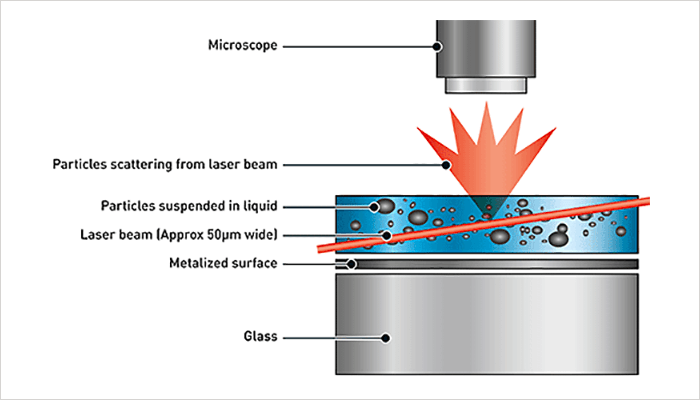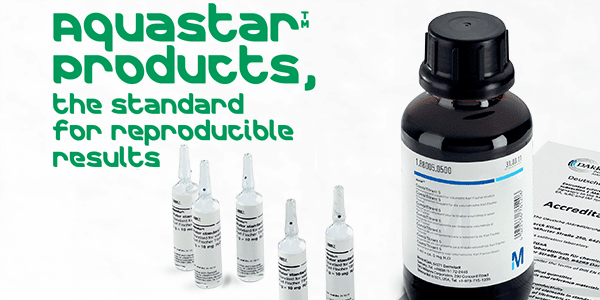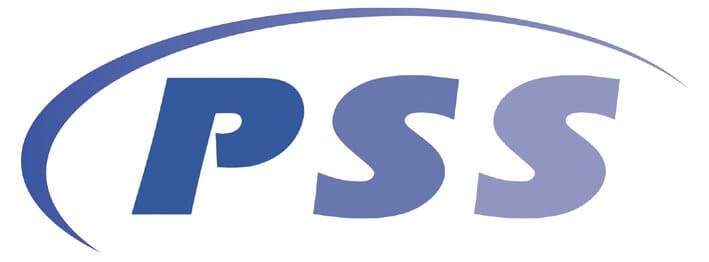Abstract
The increasing number of nanomaterial based consumer products raises concerns about their possible impact on the environment. Suitable methods for their analysis are a particular problem in this regard. This white paper reviews the use of Nanoparticle Tracking Analysis (NTA) in addressing this need.

Introduction
The increasing number of nanomaterial based consumer products raises concerns about their possible impact on the environment. Suitable methods for their analysis are a particular problem in this regard. This white paper reviews the use of Nanoparticle Tracking Analysis (NTA) in addressing this need.Nanoparticle Tracking Analysis (NTA) Overview
NTA utilizes the properties of both light scattering and Brownian motion in order to obtain the particle size distribution of samples in liquid suspension. A laser beam is passed through the sample chamber, and the particles in suspension in the path of this beam scatter light in such a manner that they can easily be visualized via a 20x magnification microscope onto which is mounted a camera. The camera, which operates at approximately 30 frames per second (fps), captures a video file of the particles moving under Brownian motion within the field of view of approximately 100 μm x 80 μm x 10 μm (Figure 1).





